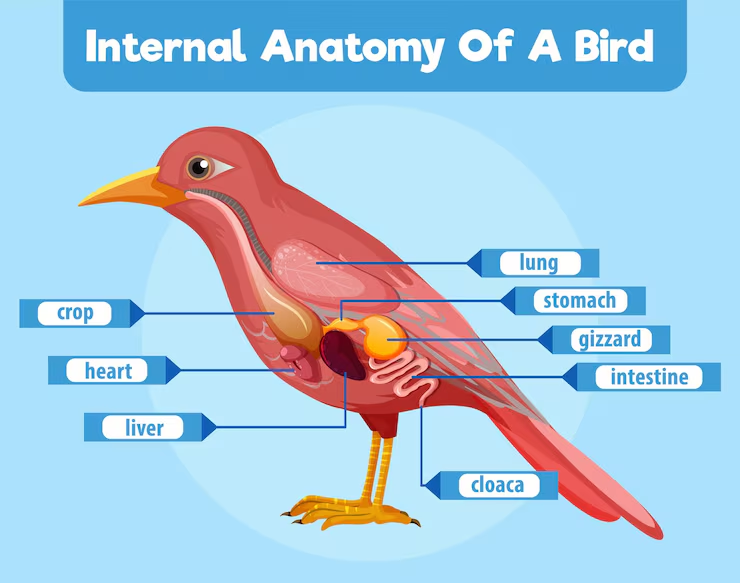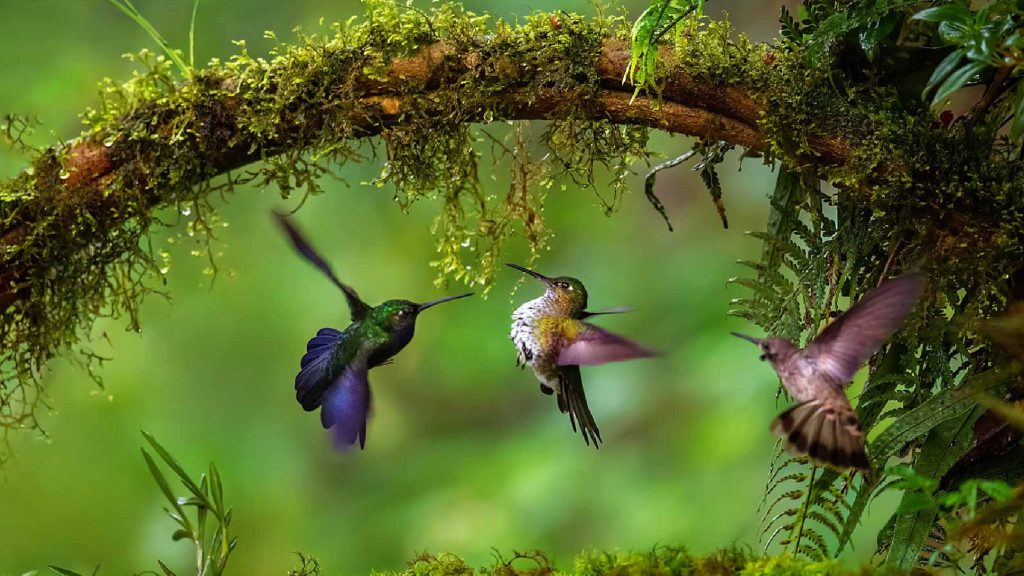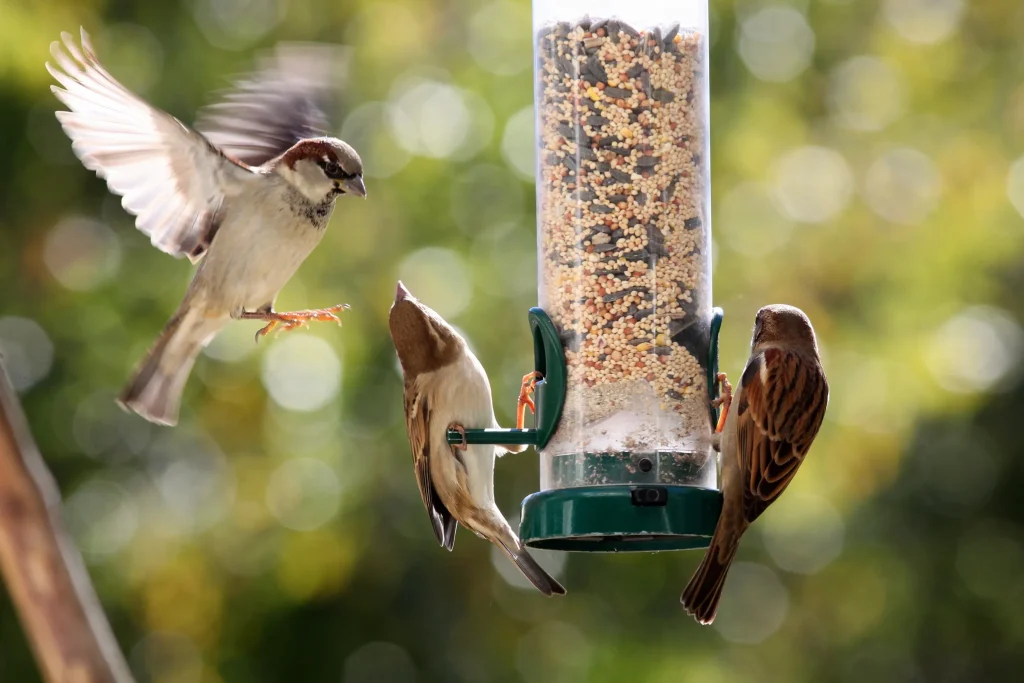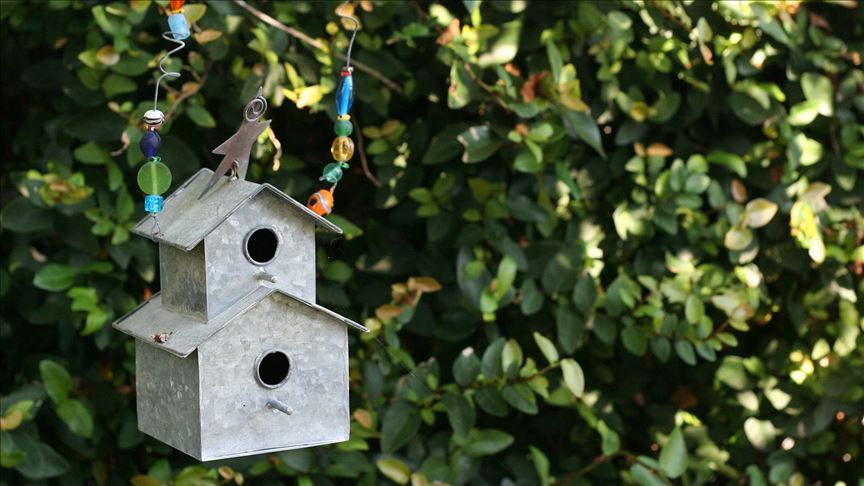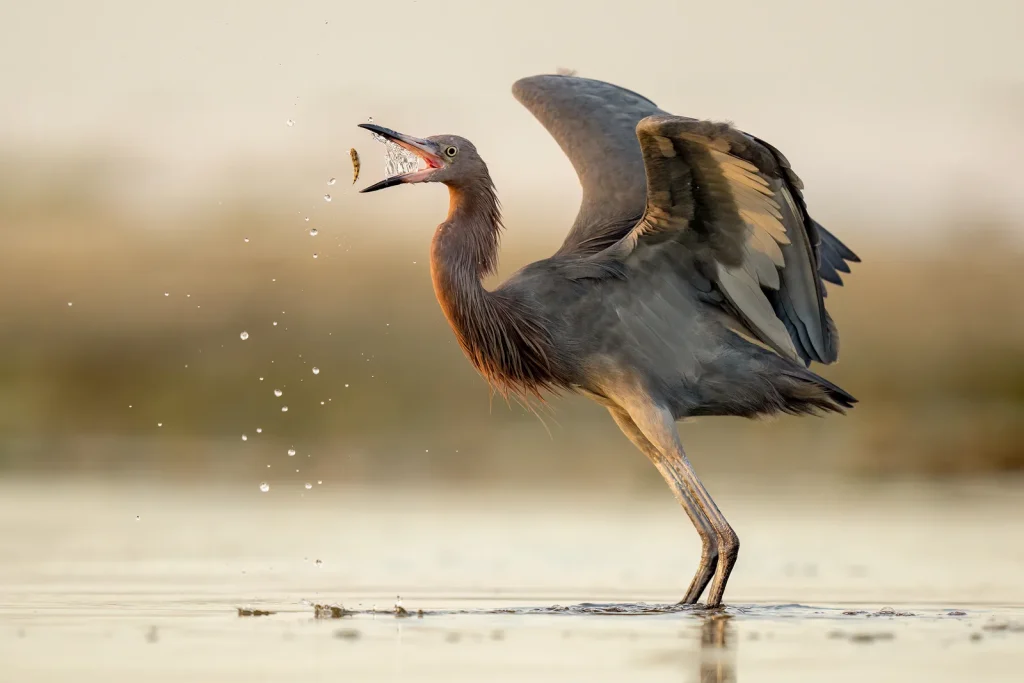Have you ever parked your car and noticed a bird perched on your side mirror, seemingly mesmerized by its own reflection? You’re not alone.
Birds and car mirrors have a curious relationship that has puzzled many of us. Why do these feathered creatures find your car mirrors so irresistible? The answer might surprise you and open your eyes to the fascinating world of avian behavior.
Imagine the tiny, colorful birds using your car as a stage for their own little drama. It’s more than just a quirky habit—it’s a window into their natural instincts. Understanding why birds are drawn to car mirrors can not only satisfy your curiosity but also help you discover ways to protect your vehicle and ensure the safety of these birds. Keep reading, and you’ll uncover the reasons behind this peculiar attraction and learn practical tips to coexist peacefully with your feathered visitors.

Credit: www.reddit.com
Bird Behavior Around Mirrors
Birds often react to car mirrors in interesting ways. These reflections catch their attention. The mirror shows a copy of the bird itself or its surroundings.
Understanding why birds behave this way helps us learn about their instincts. Their actions tell us about how they see their environment.
Attraction To Reflections
Birds are drawn to shiny surfaces like car mirrors. They see their own reflection and think it is another bird. This can cause them to approach or touch the mirror.
- Reflections look like real birds to them.
- Shiny surfaces stand out in nature.
- Mirrors can attract birds from a distance.
Territorial Responses
Birds often protect their territory. When they see a reflection, they may think another bird is invading. This causes them to act defensively or aggressively.
| Behavior | Reason |
| Pecking the mirror | Trying to scare off the “intruder” |
| Singing loudly | Warning other birds of danger |
| Flapping wings | Showing strength and dominance |
Curiosity And Exploration
Birds are curious creatures. They explore new objects in their space. Car mirrors can be new and interesting to them.
Reasons birds explore mirrors:
- They want to learn about the shiny object.
- They may try to find food or shelter near it.
- They investigate to see if it poses a threat.
Visual Cues And Mirror Appeal
Birds often react to car mirrors because they see their reflections. The shiny surface catches their attention easily. This makes mirrors very interesting to many birds.
The way light and colors play on the mirror can attract birds. These visual cues can confuse birds and make them curious or defensive.
Shiny Surfaces And Light
Car mirrors have bright, shiny surfaces that reflect sunlight. Birds see these reflections as something new or alive. The brightness can look like water or a safe spot to land.
- Reflect sunlight strongly
- Look like water or open space
- Stand out in natural surroundings
Movement Reflections
When a bird moves near a mirror, its reflection moves too. This can confuse the bird. It may think another bird is nearby or that it is seeing itself.
| Bird Behavior | Cause |
|---|---|
| Pecking at mirror | Sees own reflection as rival |
| Flying around mirror | Chasing moving reflection |
| Perching near mirror | Curiosity from light and shine |
Color And Contrast
Mirrors often have dark frames and bright glass. This contrast makes them easy to spot. Birds notice the difference between the mirror and the background.
- Dark frames highlight the reflective glass
- Reflection colors change with sky and trees
- Contrast draws birds’ attention from far away
Territorial Instincts Triggered
Birds often react strongly to their reflections in car mirrors. They see these reflections as other birds invading their space.
This triggers their territorial instincts and causes unusual behaviors near mirrors.
Perceived Rival Birds
Birds view their mirror image as a rival bird. They cannot recognize that it is just their reflection.
This causes stress and defensive actions to protect their territory from the “intruder.”
Aggressive Displays
Birds use many aggressive displays to warn off the perceived rival. These displays include:
- Fluffing up feathers to appear larger
- Rapid wing flapping
- Loud chirping or calling
- Pecking at the mirror surface
Repeated Attacks On Mirrors
Some birds attack the mirror repeatedly. They try to chase away the rival bird they see.
| Behavior | Purpose |
| Pecking at mirror | Break the image of rival |
| Flying at mirror | Drive rival away |
| Singing loudly | Warn rival to stay away |
| Perching nearby | Watch for rival return |
Mistaking Reflections For Mates
Birds often see their reflections in car mirrors. They think these reflections are other birds. This confusion can lead to interesting behaviors.
Understanding why birds react this way helps us learn about their courtship and instincts.
Courtship Behaviors
Birds use visual signals during courtship. They look for colors, shapes, and movements. A reflection in a mirror can show these signals clearly.
- Birds may sing to their reflections.
- They can display their feathers proudly.
- Some birds try to feed the reflection.
- They may even attack the mirror if the reflection is seen as a rival.
Seasonal Influences
Bird reactions to reflections change with seasons. During breeding season, birds are more active in finding mates. They respond strongly to mirror images at this time.
| Season | Bird Behavior |
| Spring | High courtship activity, more reflection attacks |
| Summer | Moderate interest, some reflection displays |
| Fall | Less courtship, fewer reactions to reflections |
| Winter | Minimal courtship, rare reflection interactions |
Species-specific Reactions
Not all birds react the same way to reflections. Some species are more likely to mistake reflections for mates. Others ignore mirrors completely.
Examples of species reactions:
- Male Northern Cardinals:Often attack their reflection.
- Male House Sparrows:Sing to their mirror image.
- Female Blue Jays:Usually indifferent to reflections.
Preventing Mirror Strikes
Birds often see their reflection in car mirrors and think it is a rival bird. This causes them to fly at the mirror and hit it. These mirror strikes can harm the birds and damage the mirrors.
There are ways to stop birds from hitting car mirrors. Using simple methods can keep birds safe and protect your vehicle.
Covering Or Removing Mirrors
One effective way to prevent mirror strikes is to cover or remove the car mirrors temporarily. Covering mirrors hides the reflection that confuses birds.
- Use cloth or paper covers when parking outside
- Remove side mirrors if possible during bird migration season
- Place a non-reflective tape over the mirror surface
- Park in garages or covered areas when you can
Using Decals Or Stickers
Decals or stickers can break the mirror’s reflection. Birds see these patterns and avoid flying into the mirror. These are easy to apply and remove.
| Type of Decal | Effectiveness | Notes |
| Opaque Stickers | High | Blocks reflection completely |
| Patterned Decals | Medium | Breaks reflection with shapes |
| UV Reflective Stickers | Low | Visible to birds only |
Alternative Deterrents
Besides covers and decals, other tools can stop birds from hitting mirrors. These deterrents work by scaring or confusing the birds.
- Place small wind spinners near mirrors to create movement
- Use sound devices that emit bird distress calls
- Hang shiny objects that reflect light in different directions
- Install bird spikes on nearby surfaces to discourage landing

Credit: www.reddit.com
Benefits And Drawbacks For Birds
Birds often show interest in car mirrors. This behavior has both good and bad effects for them.
Understanding these effects helps us learn how birds interact with their surroundings.
Social Interaction Opportunities
Birds see their reflections in car mirrors. They think it is another bird nearby.
- They may try to communicate or court their reflected image.
- This can help lonely birds feel less isolated.
- Young birds learn social behaviors by watching their reflections.
Stress And Energy Wastage
Seeing a reflection can cause birds to become stressed. They may think the mirror shows a rival bird.
| Negative Effect | Reason |
| Increased Aggression | Bird attacks reflection thinking it is an intruder |
| Lost Energy | Repeatedly flying at the mirror wastes energy |
| Reduced Rest | Stress keeps birds alert longer than normal |
Impact On Bird Safety
Car mirrors can confuse birds and put them in danger.
Birds may:
- Fly into mirrors and hurt themselves.
- Stay near roads and face risks from traffic.
- Ignore real threats while focused on their reflection.
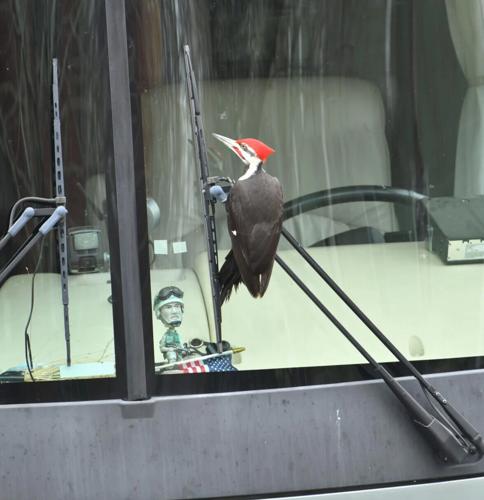
Credit: www.gloucestertimes.com
Frequently Asked Questions
Why Do Birds Peck At Car Mirrors?
Birds peck at car mirrors because they see their reflection as a rival. They try to defend their territory by attacking the reflection. This behavior is common during breeding seasons when birds are more territorial and aggressive.
How Do Car Mirrors Attract Birds?
Car mirrors attract birds due to their shiny, reflective surfaces. Birds mistake reflections for other birds or open space. This visual confusion prompts birds to approach or attack the mirror, especially in urban areas with fewer natural reflective surfaces.
Can Birds Damage Car Mirrors By Pecking?
Yes, birds can cause minor scratches or chips by pecking at mirrors. Repeated attacks may damage the paint or mirror casing. However, significant damage is rare and usually avoidable with protective measures like mirror covers.
How Can I Prevent Birds From Attacking Car Mirrors?
Use deterrents like reflective tape, covers, or bird spikes on mirrors. Parking in garages or shaded areas also helps. Regular cleaning reduces reflections, making mirrors less attractive to birds and minimizing aggressive behavior.
Conclusion
Birds see their reflection in car mirrors and think it is another bird. They may feel curious or want to protect their space. This behavior shows how animals react to reflections in nature. Understanding this helps us learn more about birds’ habits.
Next time you see a bird near a mirror, remember why it acts that way. It’s a simple but interesting part of bird behavior. Watching birds can teach us about nature’s surprises.

